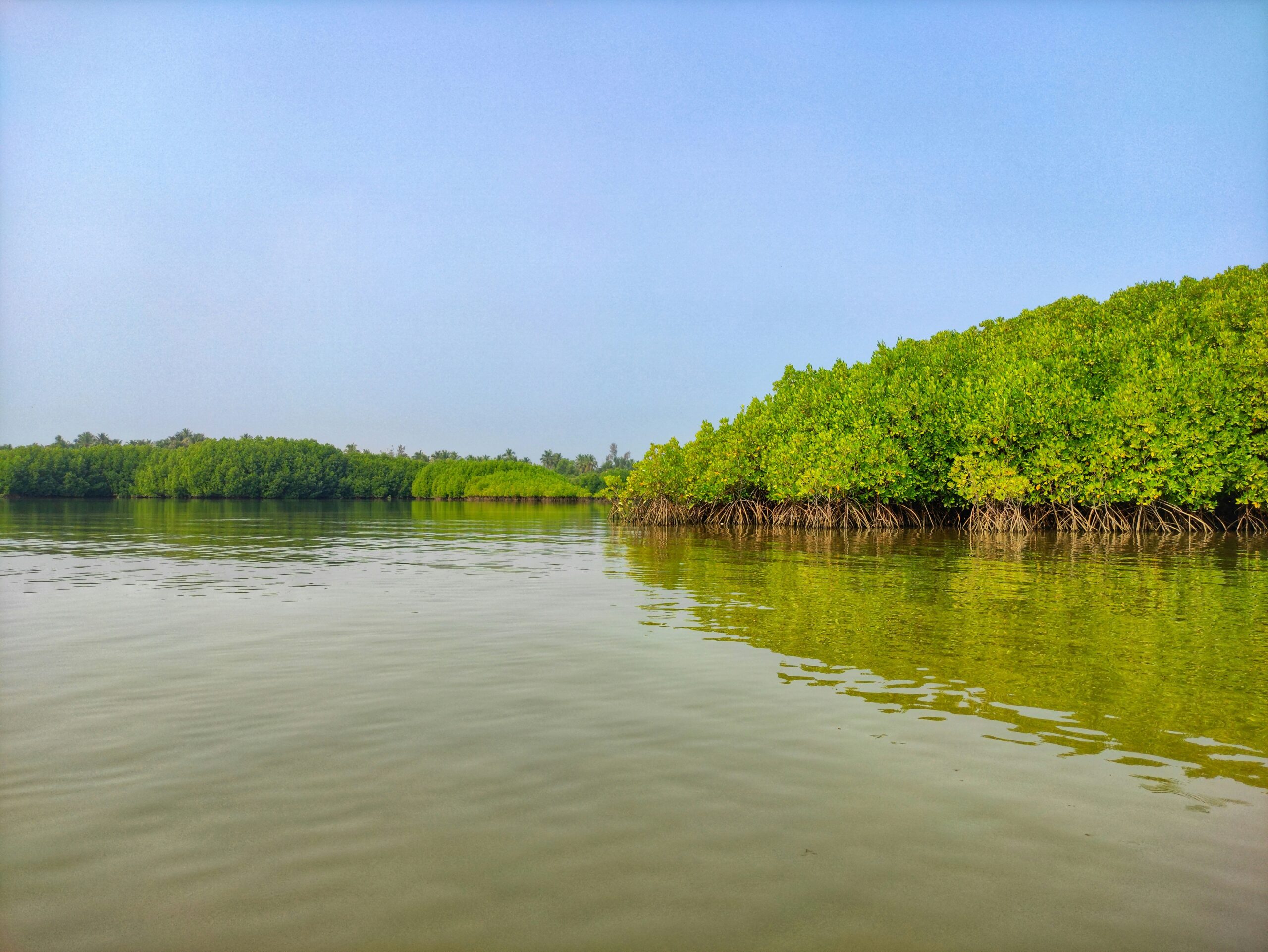Exploring Nature’s Wealth: Flora and Fauna in the Mangrove Forest
The mangrove forest is a unique ecosystem that is found in coastal areas, where land and sea meet. It is a complex and diverse habitat that supports a wide variety of plant and animal species. In this blog post, we will delve into the fascinating world of flora and fauna in the mangrove forest.
Flora in the Mangrove Forest
The flora in the mangrove forest is specially adapted to survive in the harsh and dynamic environment of the coastal zone. One of the most iconic plants in the mangrove forest is the mangrove tree itself. These trees have evolved unique adaptations to cope with the saltwater they are constantly exposed to. They have specialized roots called pneumatophores that help them breathe in the waterlogged soil.
Other common plants found in the mangrove forest include the saltbush, which is a small shrub that can tolerate high levels of salt, and the sea hibiscus, which produces beautiful flowers. These plants provide important habitat and food sources for various animals in the ecosystem.
Fauna in the Mangrove Forest
The mangrove forest is a haven for a diverse range of animal species, both on land and in the water. It serves as a nursery and feeding ground for many marine creatures, making it a vital ecosystem for their survival.
One of the most well-known inhabitants of the mangrove forest is the mudskipper. These unique fish are capable of breathing air and can even “walk” on land using their pectoral fins. They have adapted to the changing tides and are able to survive in both water and mud.
Crabs are also abundant in the mangrove forest. The fiddler crab, with its distinctive oversized claw, is a common sight. These crabs play an important role in the ecosystem by aerating the soil and recycling organic matter.
Bird enthusiasts will be delighted to know that the mangrove forest is home to a variety of avian species. Birds such as the kingfisher, heron, and egret can be spotted in the treetops or wading in the shallow waters, searching for their next meal.
Conservation of the Mangrove Forest
Despite their ecological importance, mangrove forests face numerous threats, including deforestation, pollution, and climate change. It is crucial to raise awareness about the value of these ecosystems and the need for their protection.
Efforts are being made worldwide to conserve and restore mangrove forests. These include initiatives to replant mangrove trees, establish protected areas, and promote sustainable practices in coastal communities.
By preserving the mangrove forest, we not only safeguard the diverse flora and fauna that call it home, but also protect the valuable services it provides, such as coastal protection, carbon sequestration, and fisheries support.
Conclusion
The mangrove forest is a treasure trove of biodiversity, housing a wide array of plant and animal species. Its unique adaptations and ecological significance make it a fascinating ecosystem to explore and study. By understanding and appreciating the flora and fauna in the mangrove forest, we can work towards its conservation and ensure its survival for future generations.
